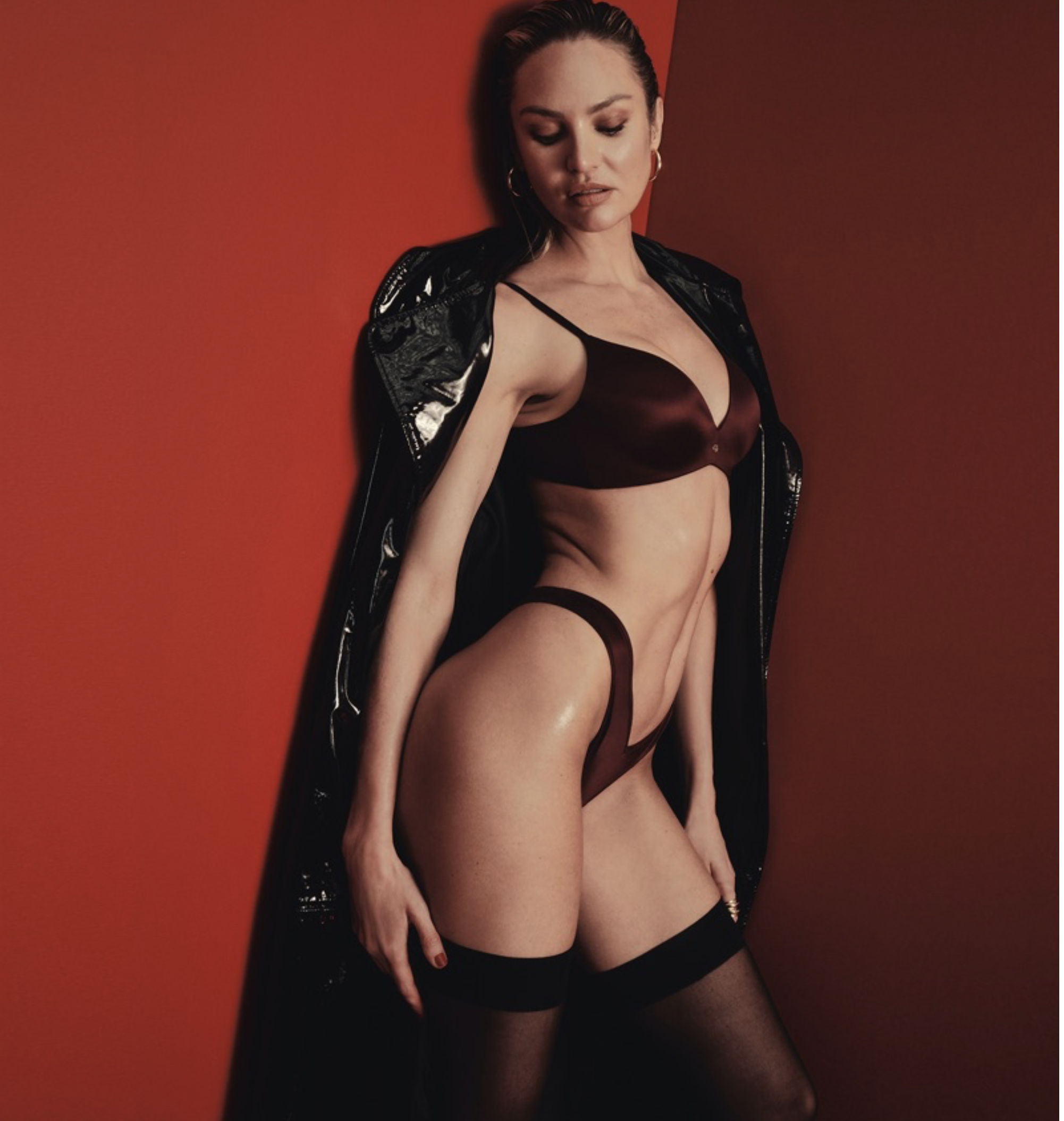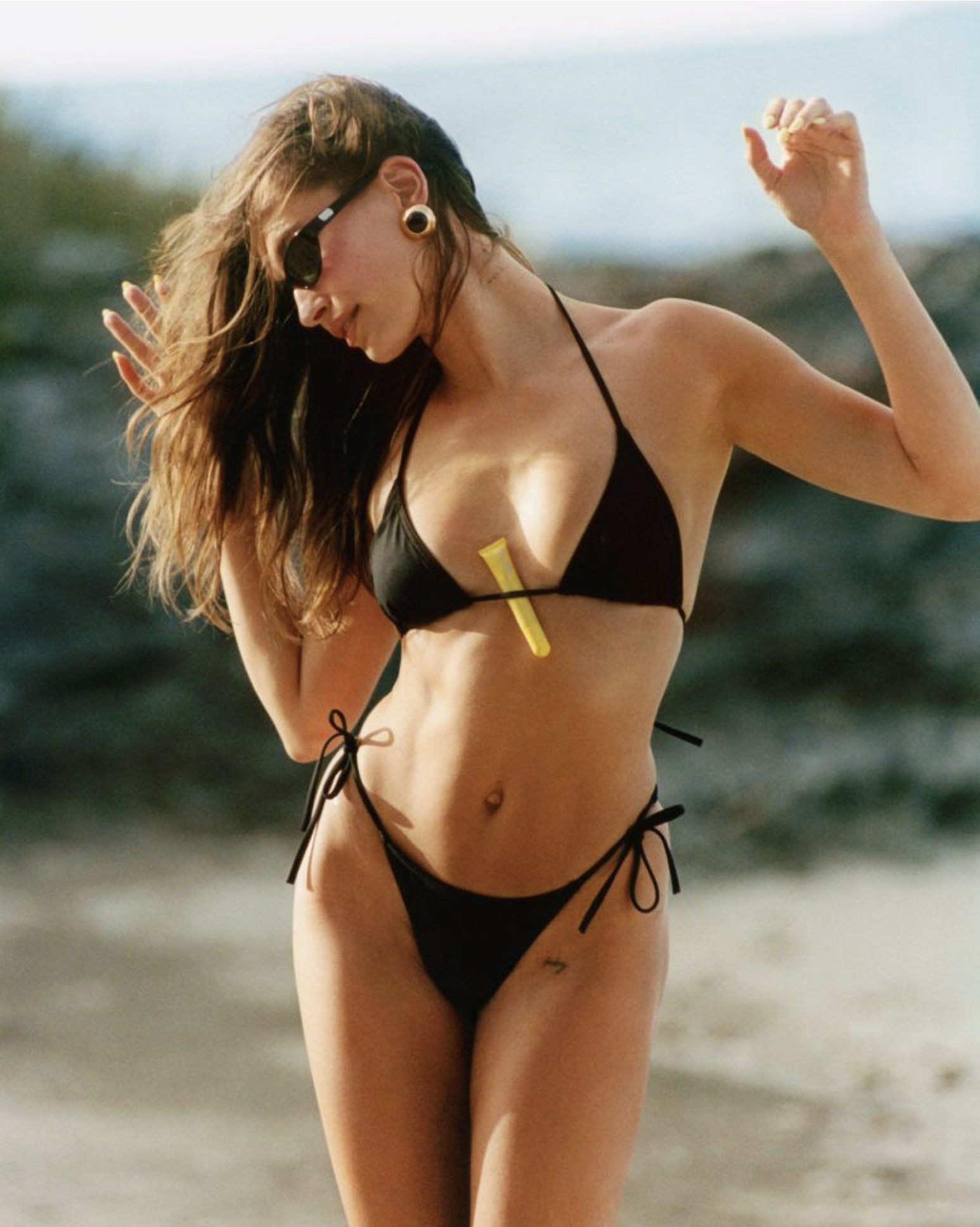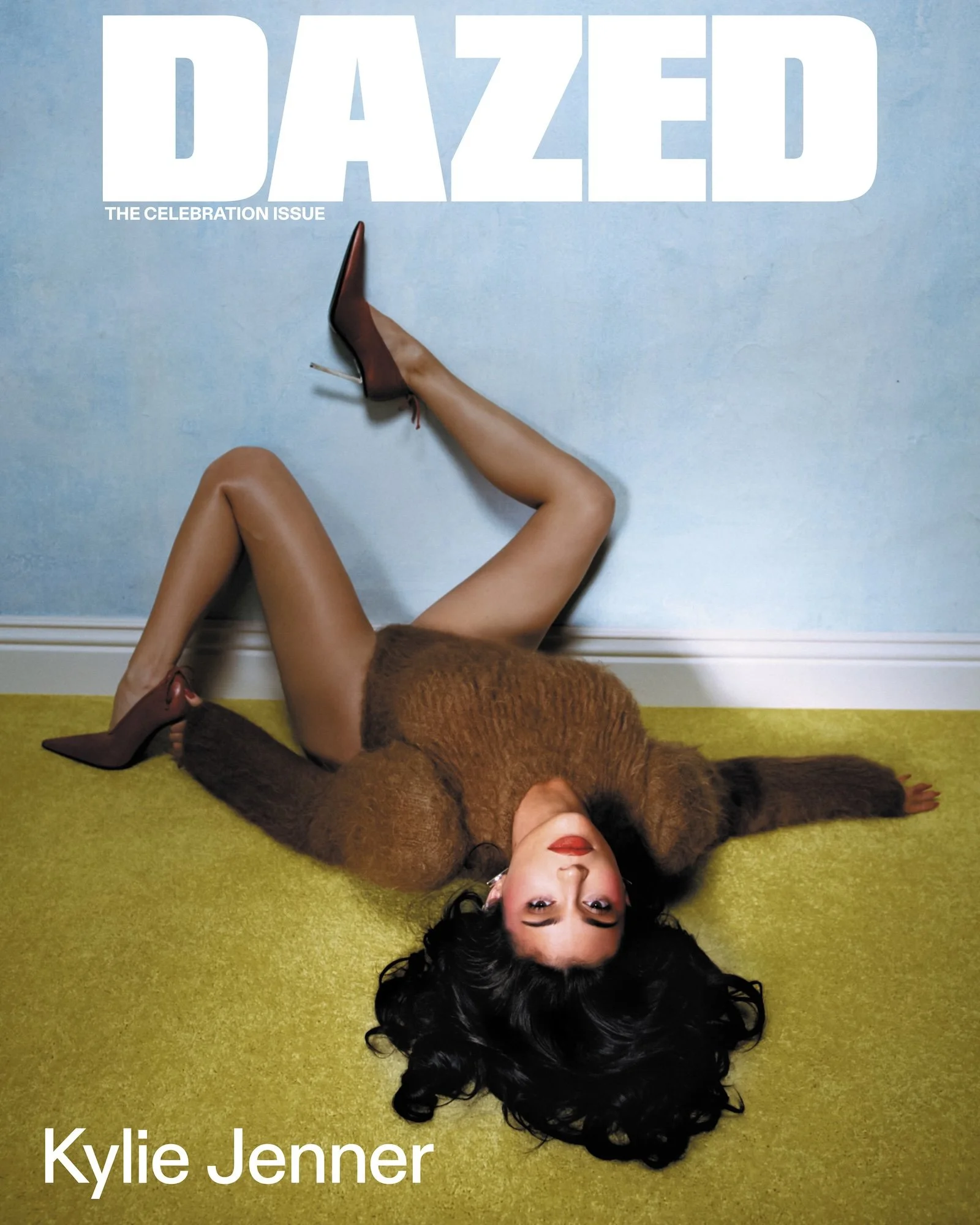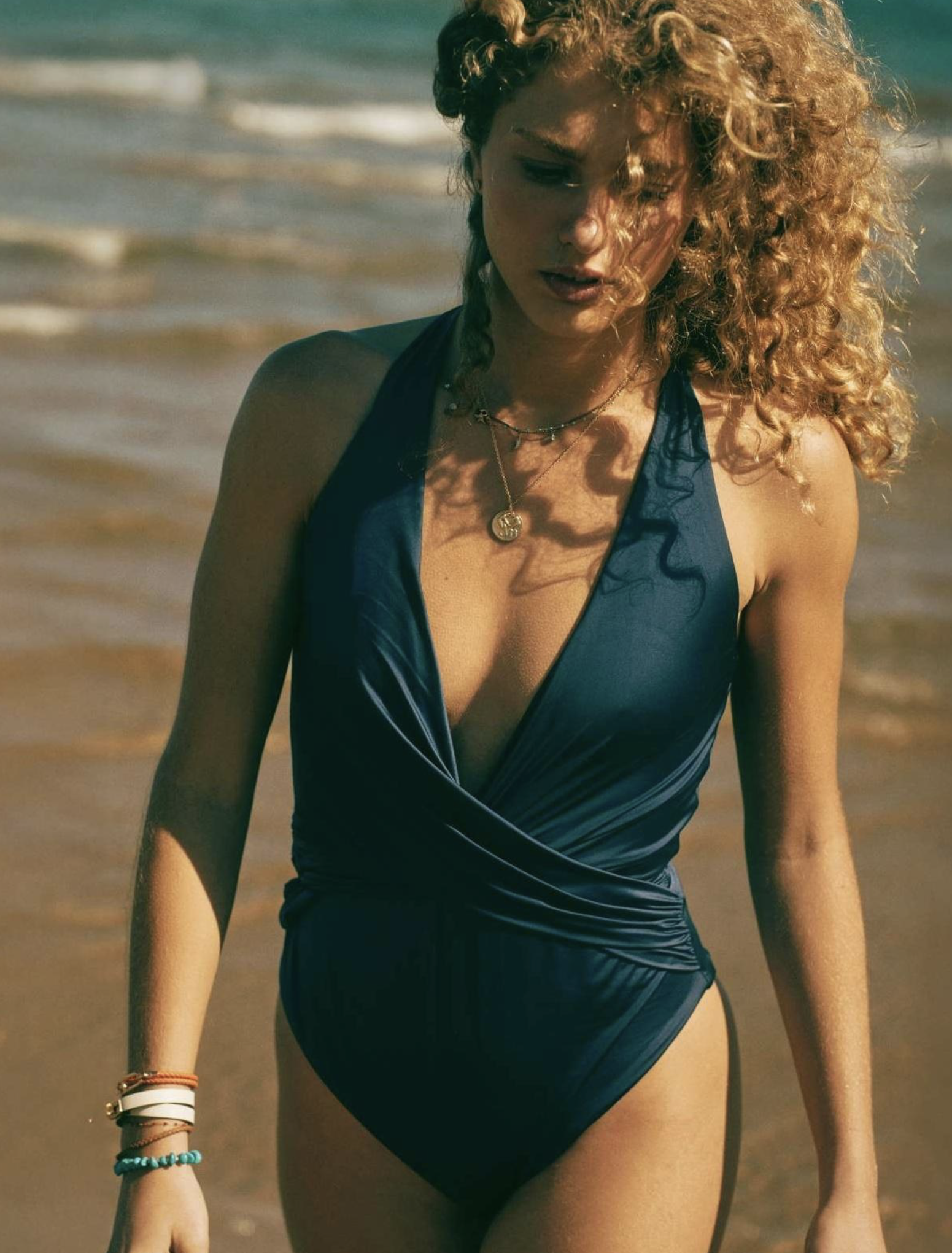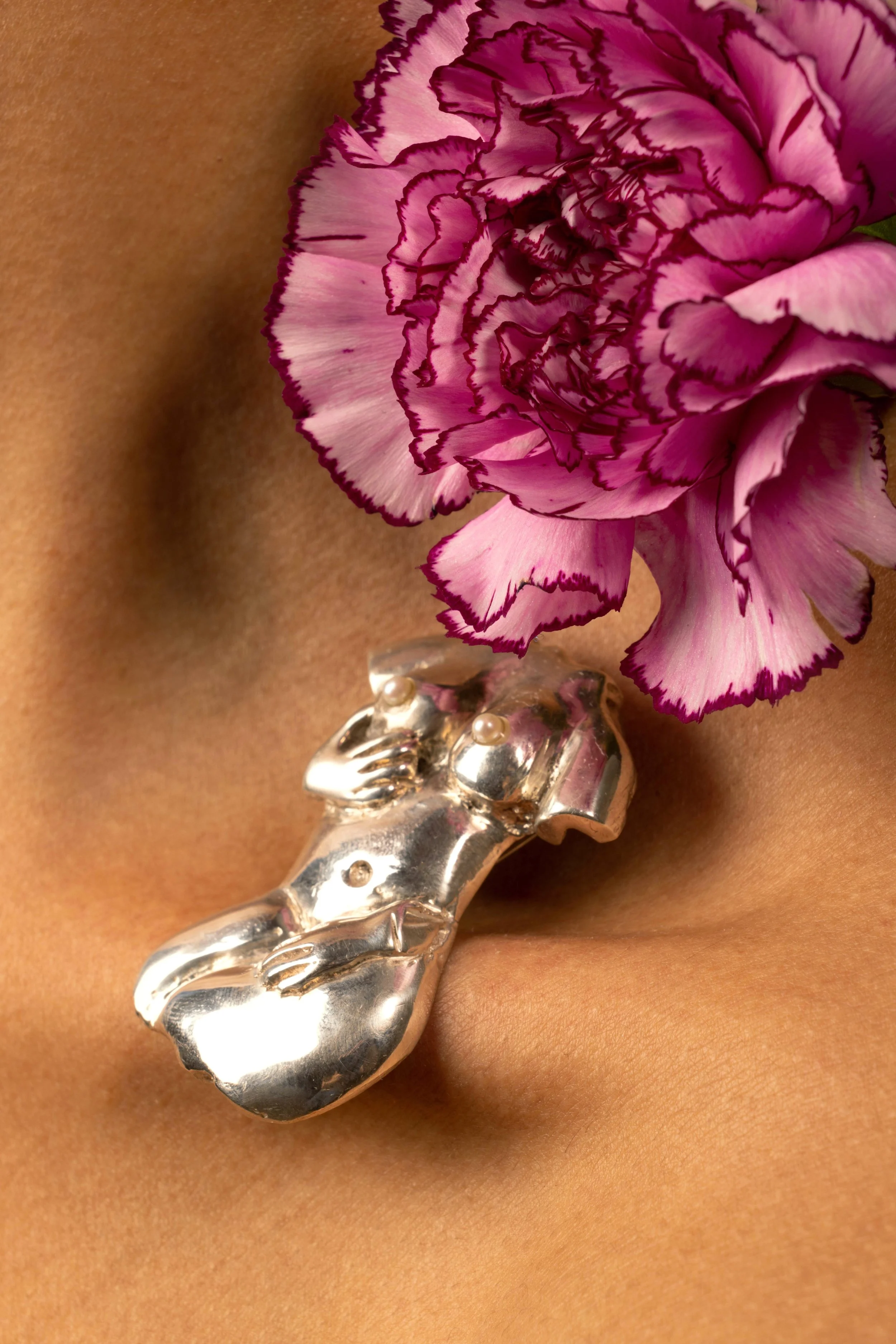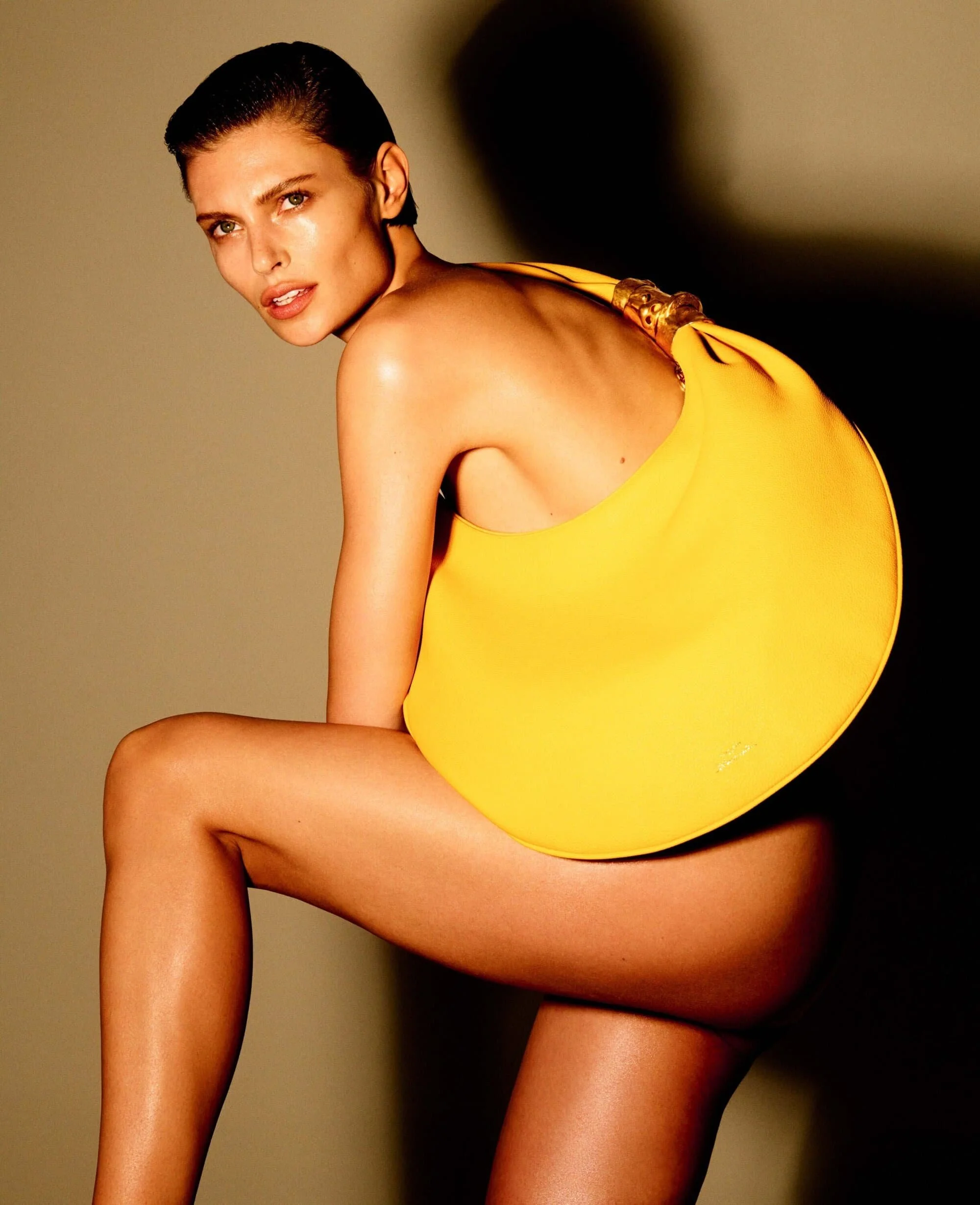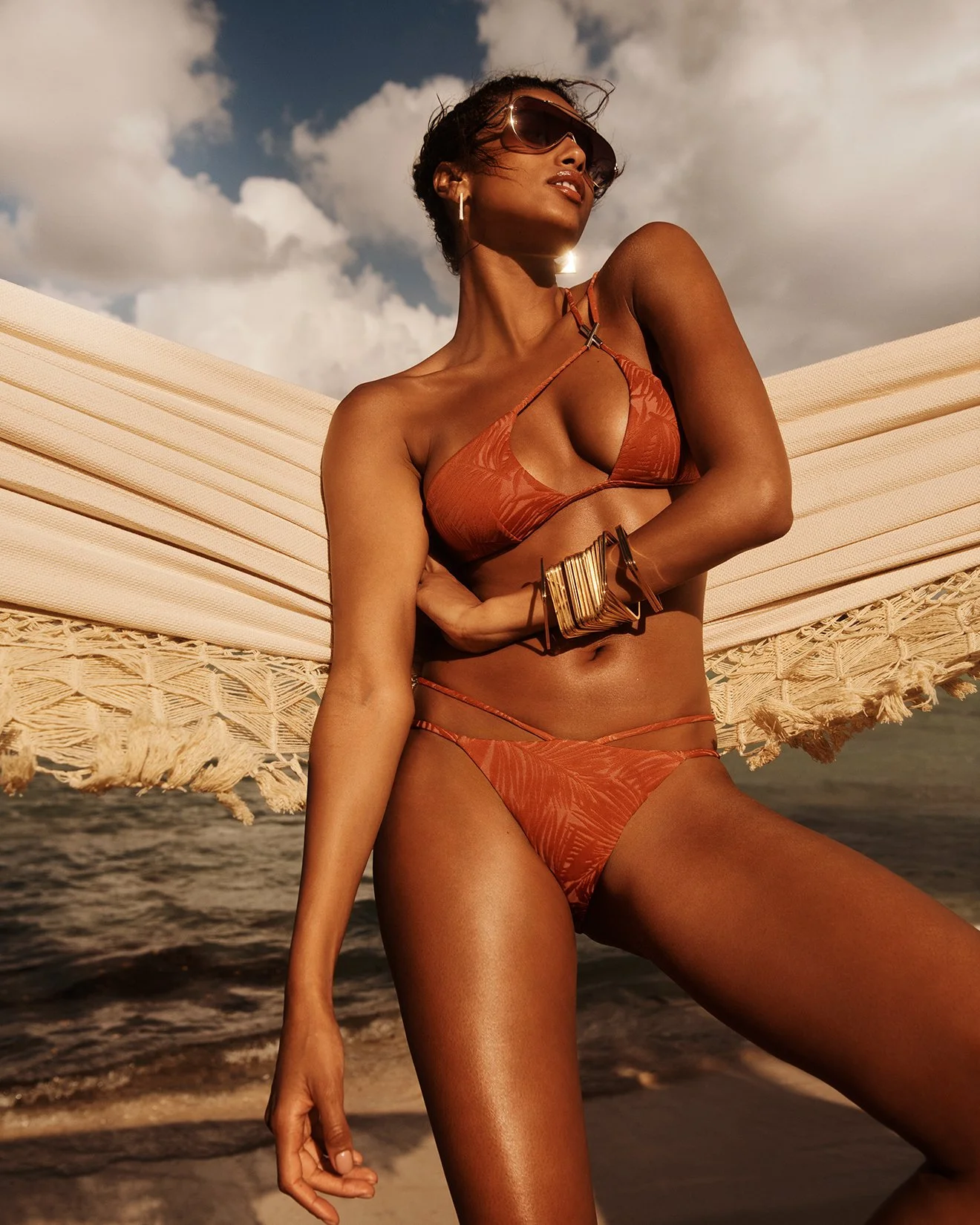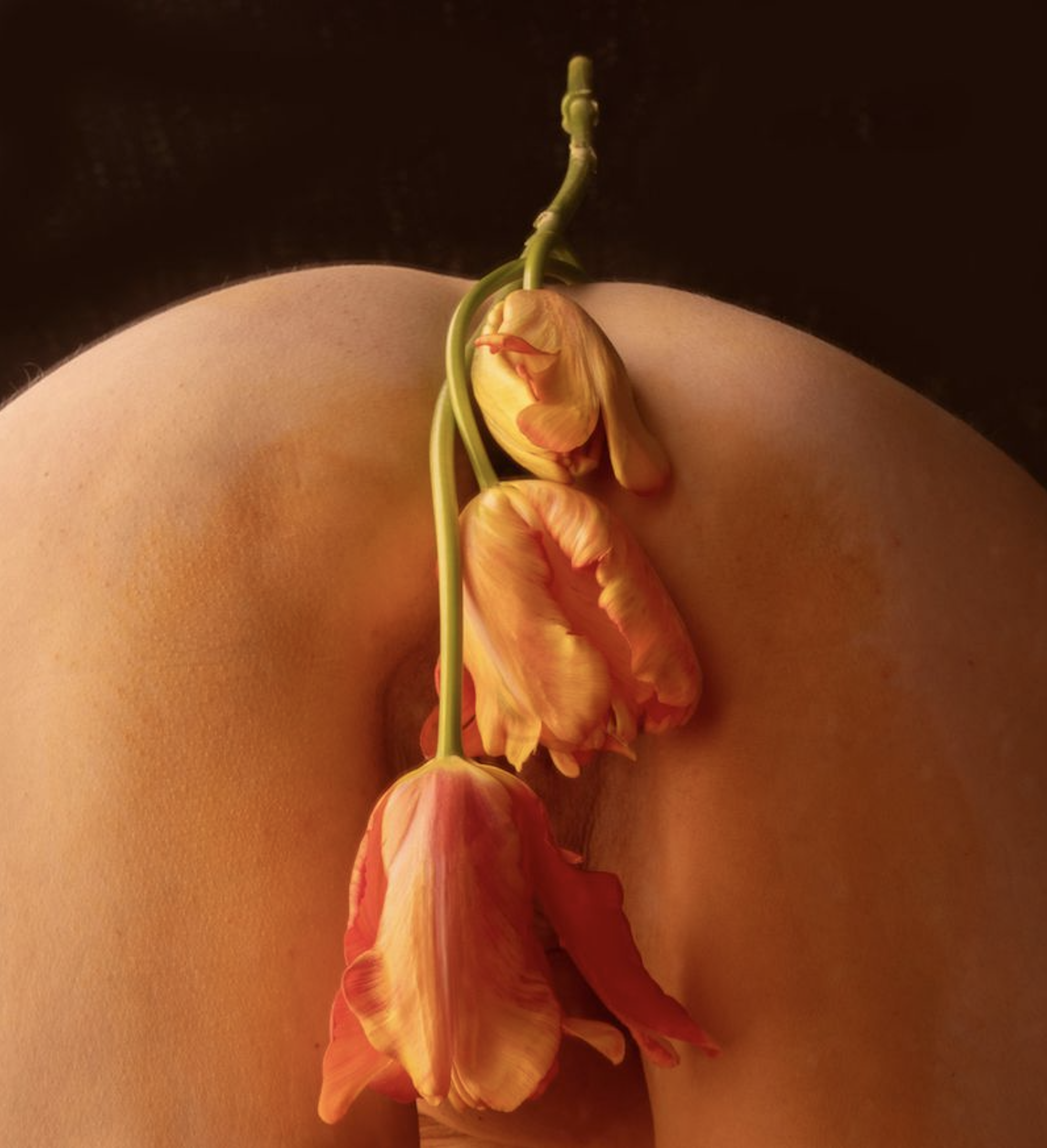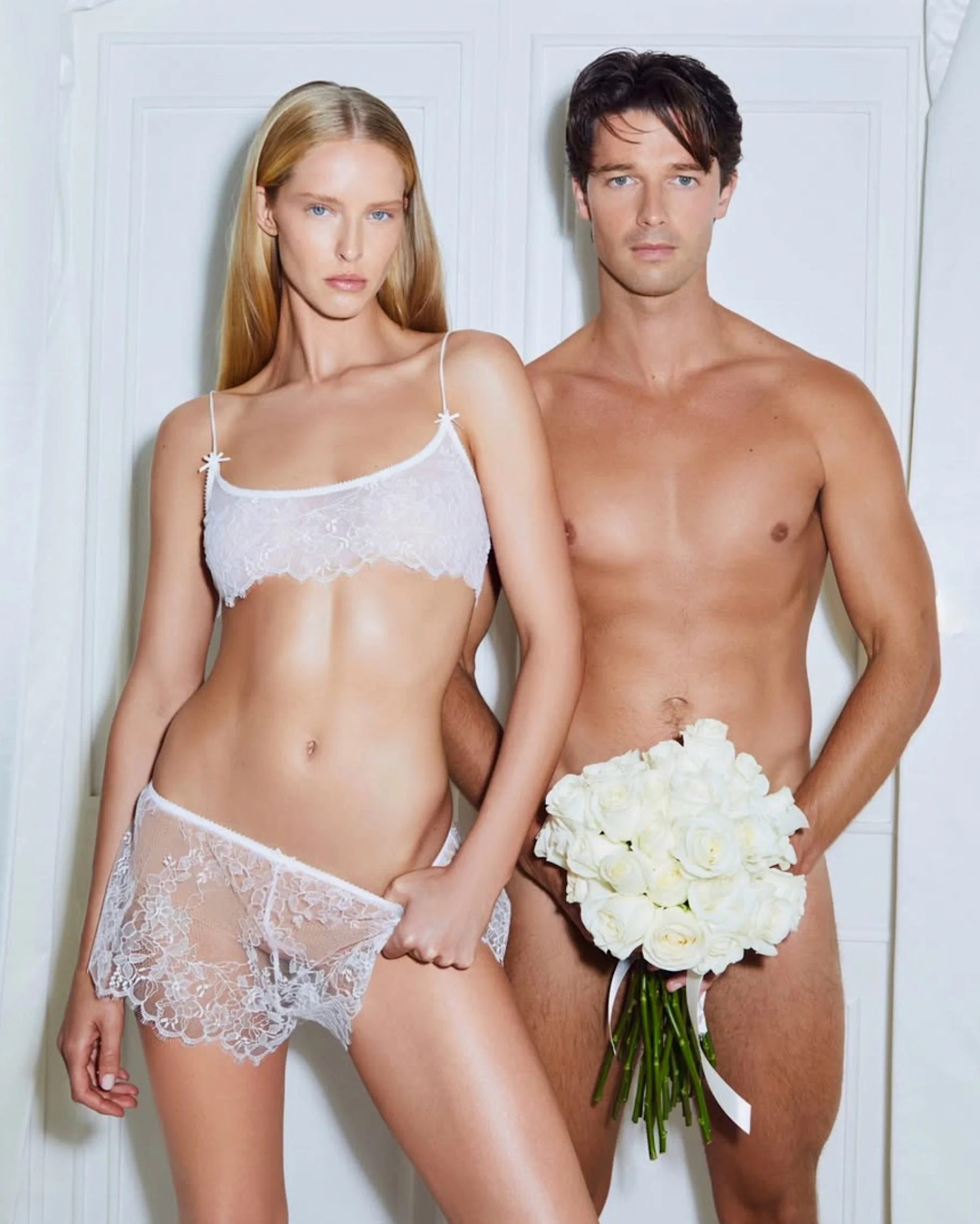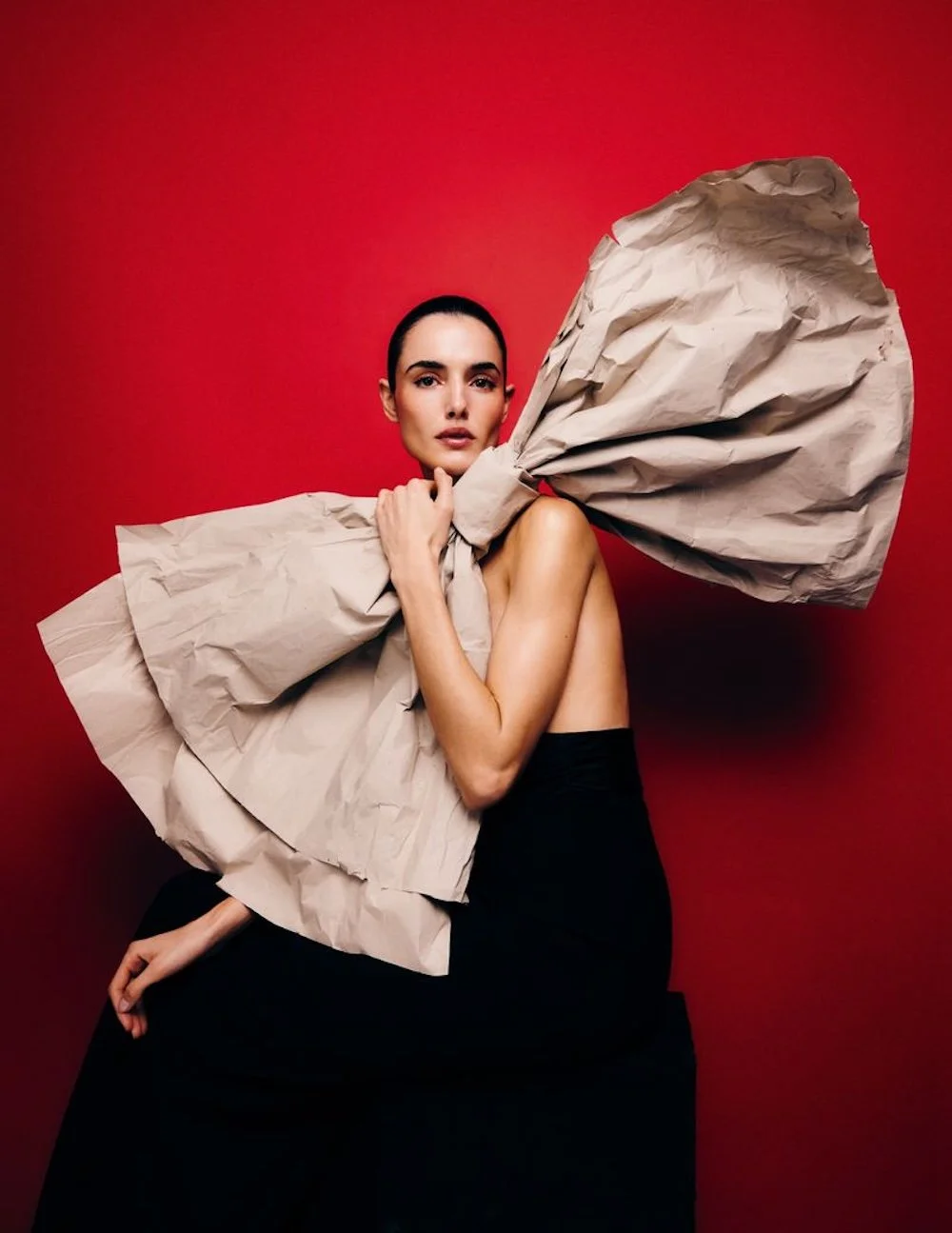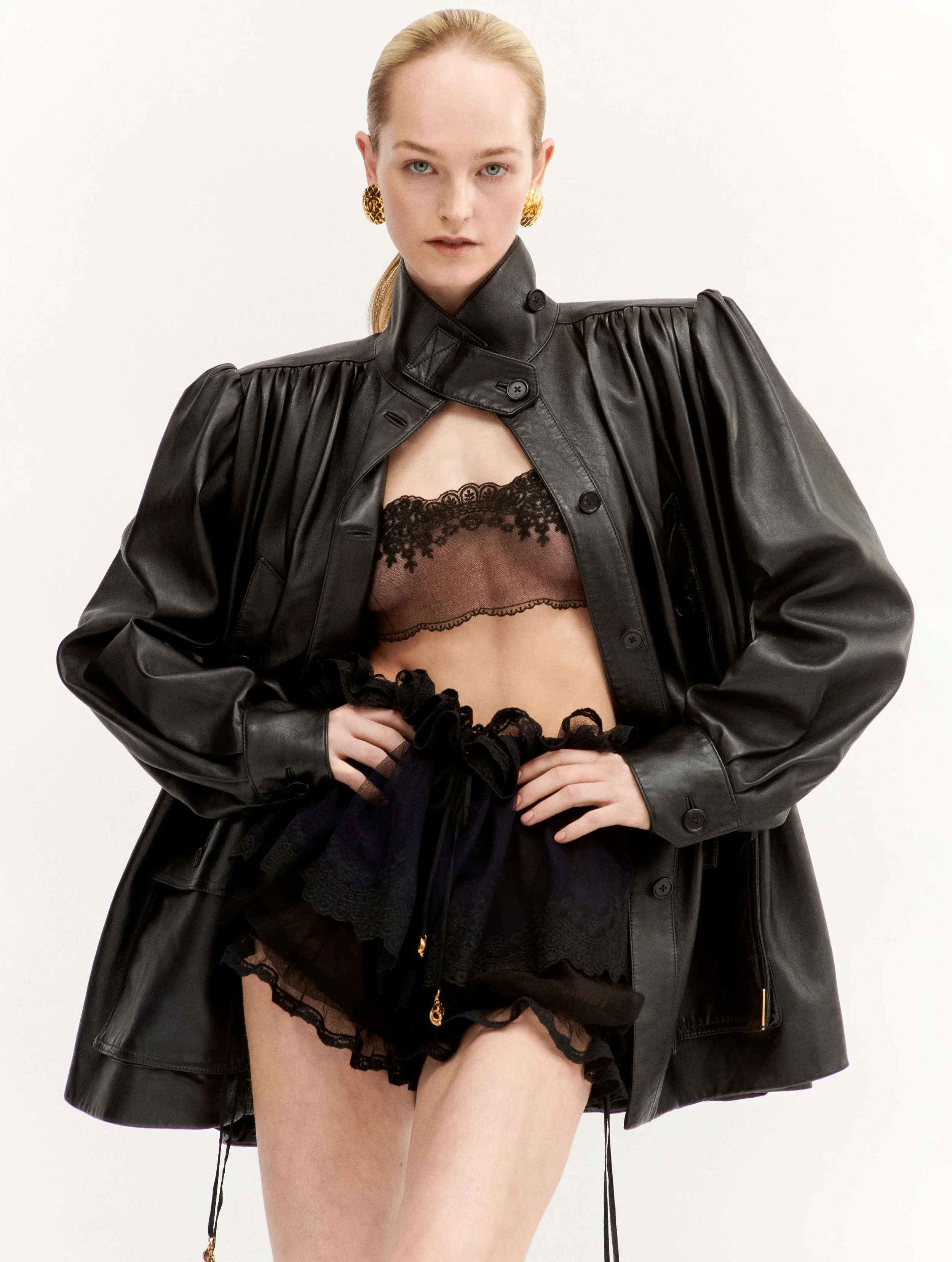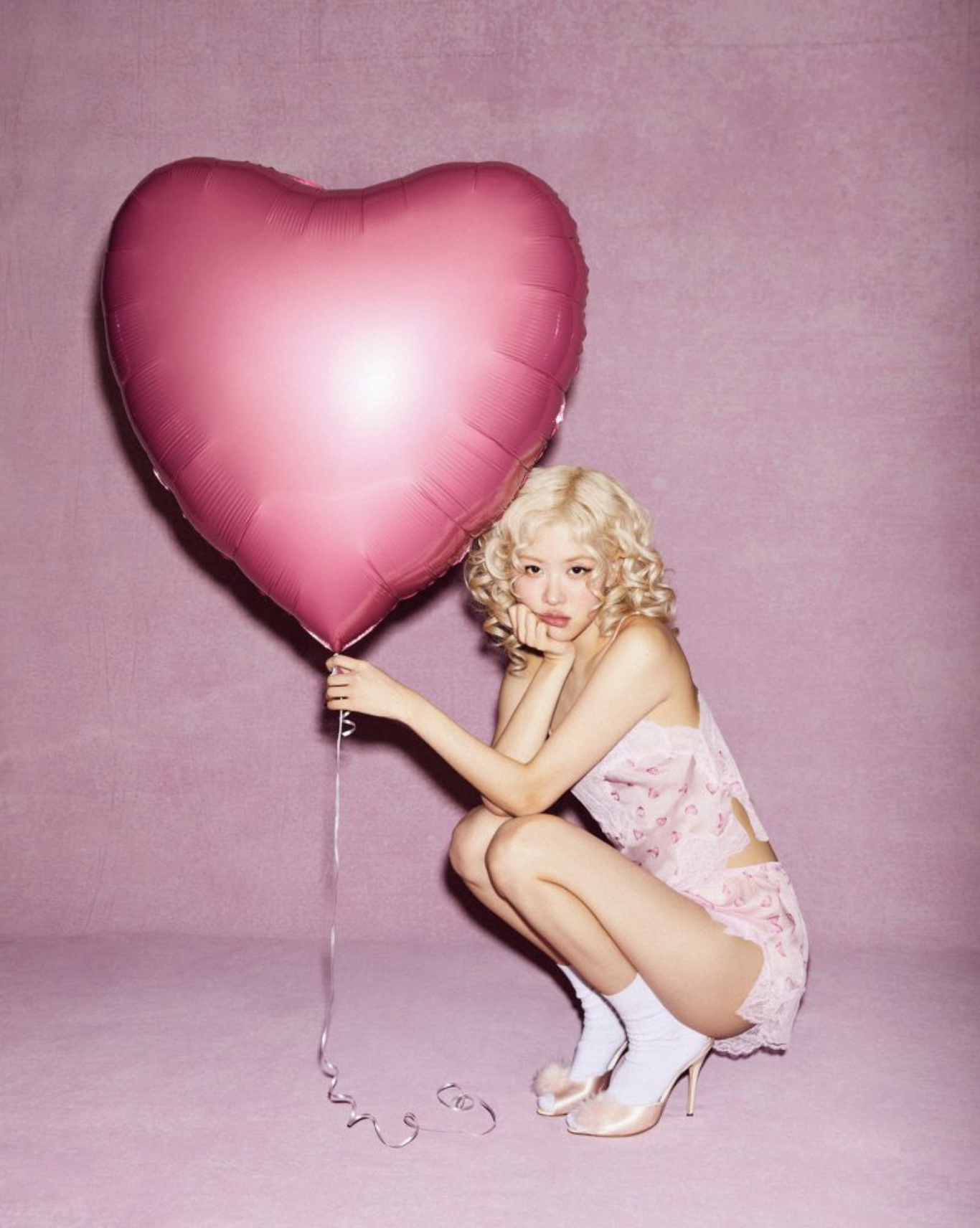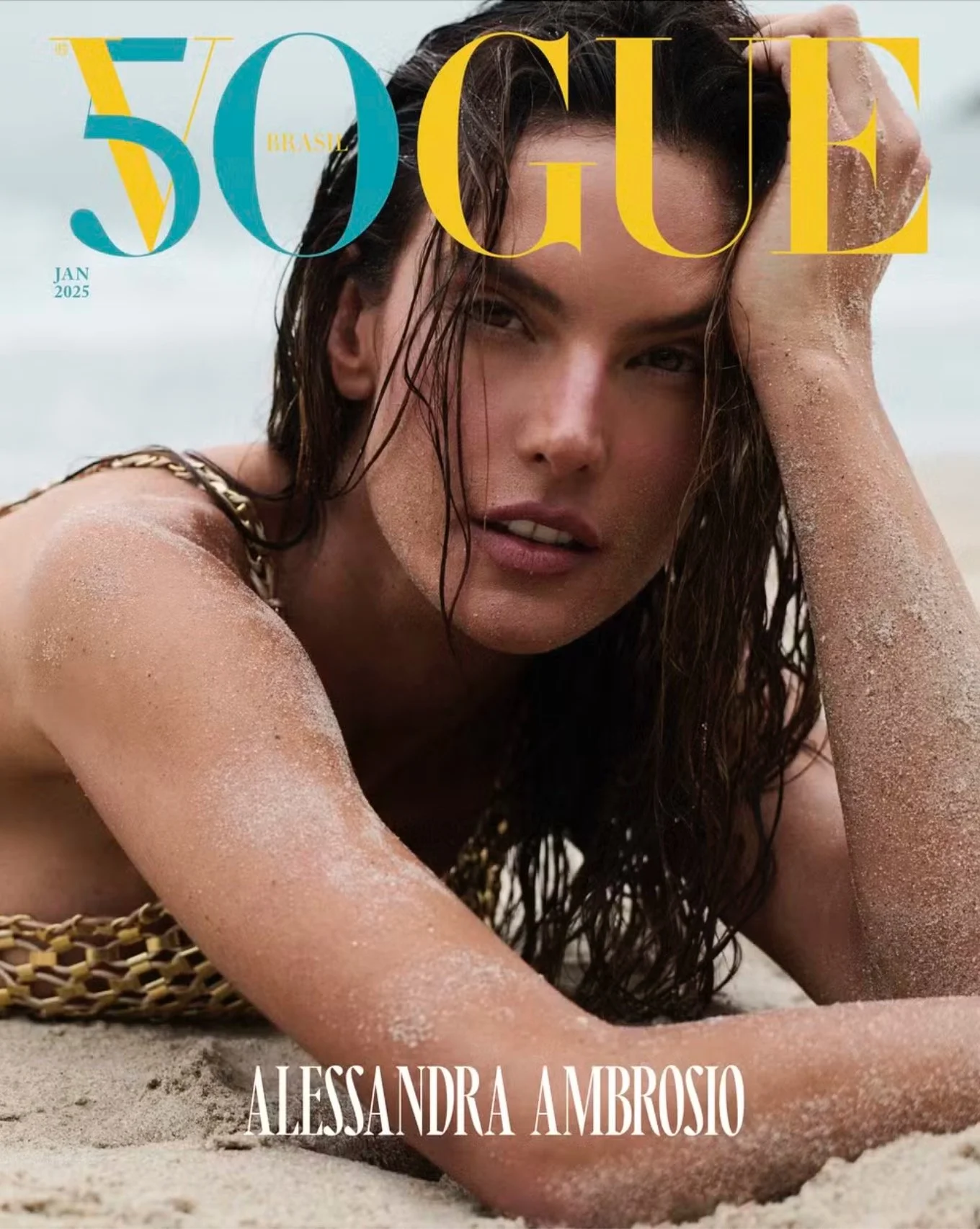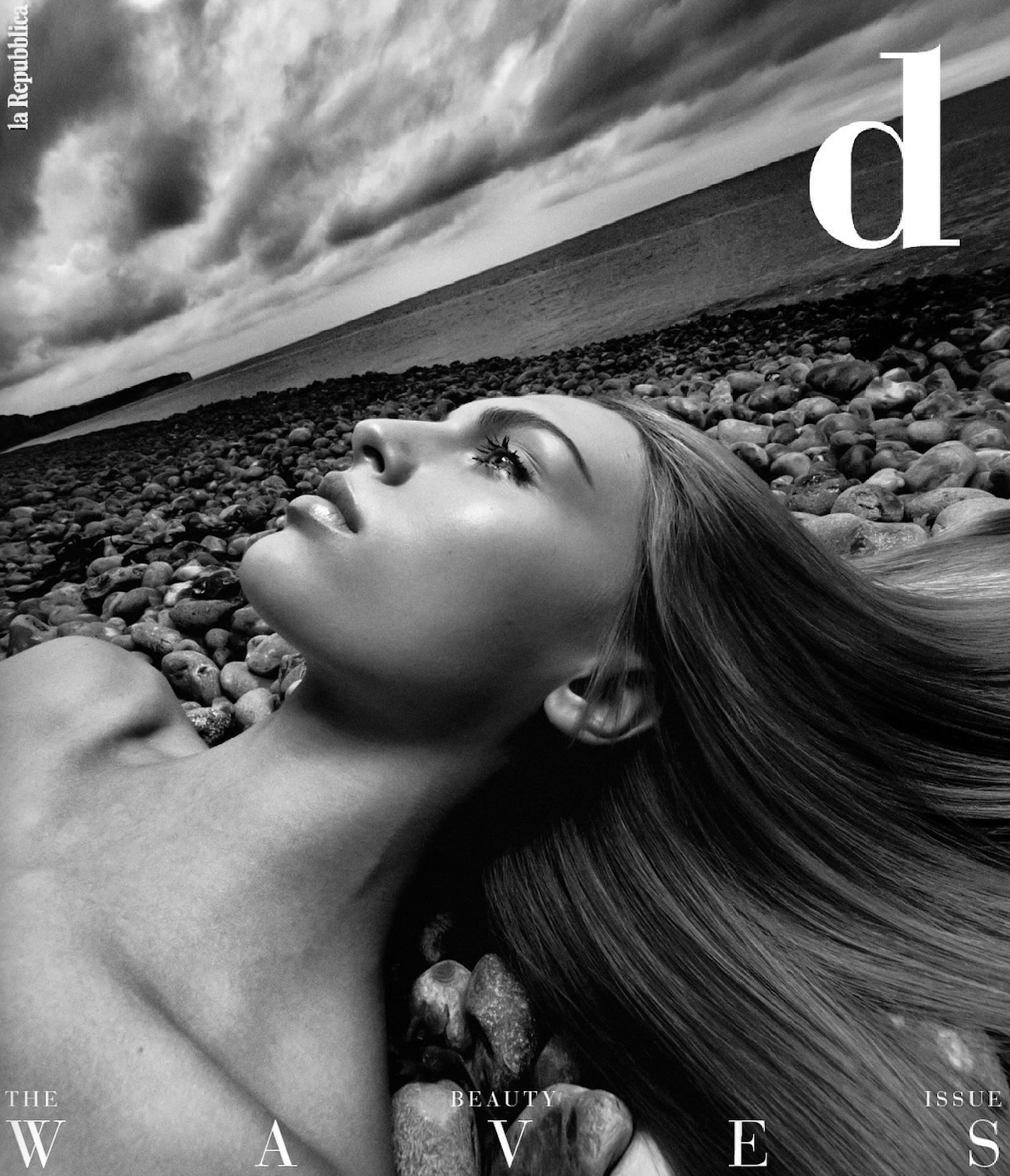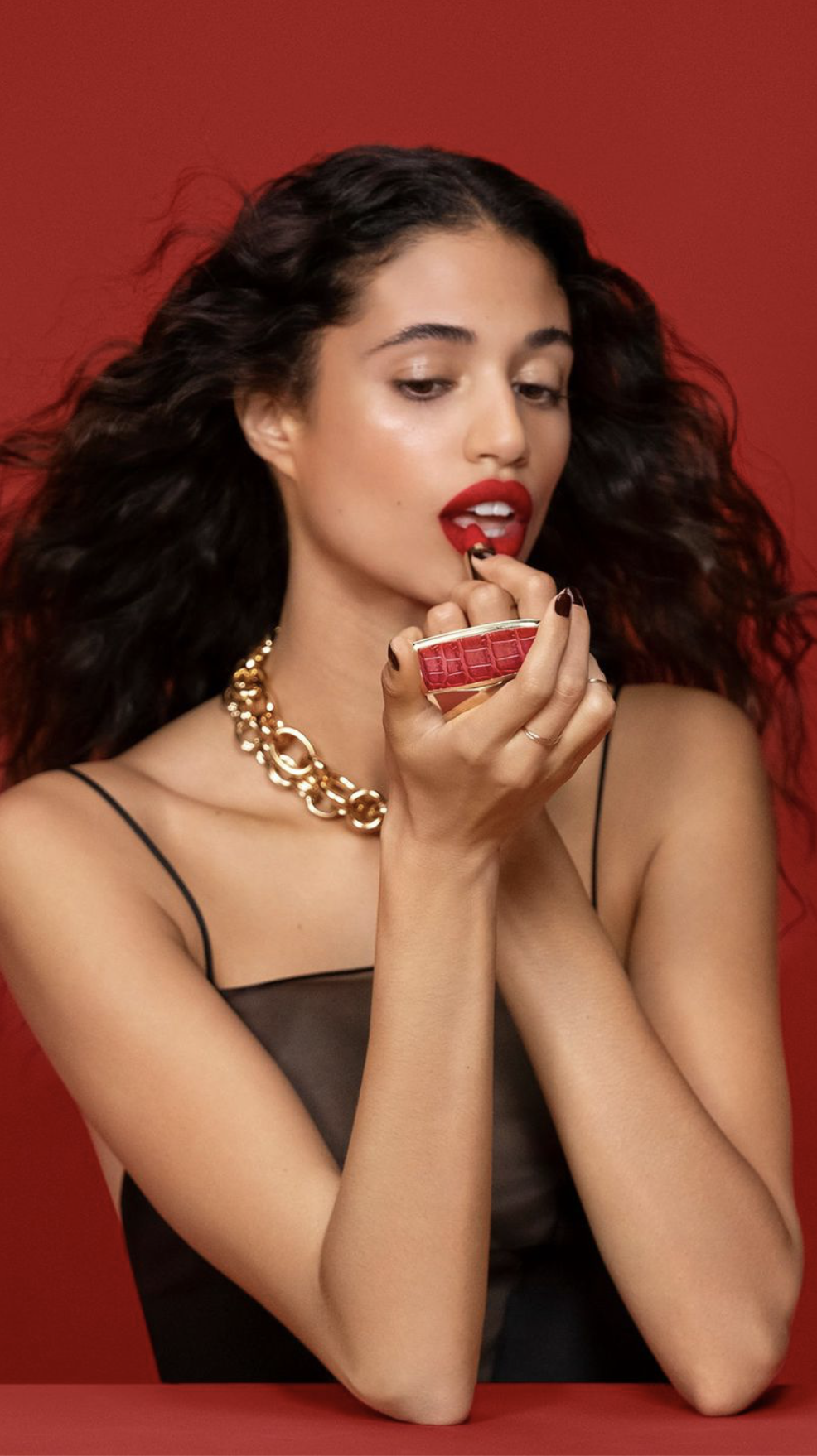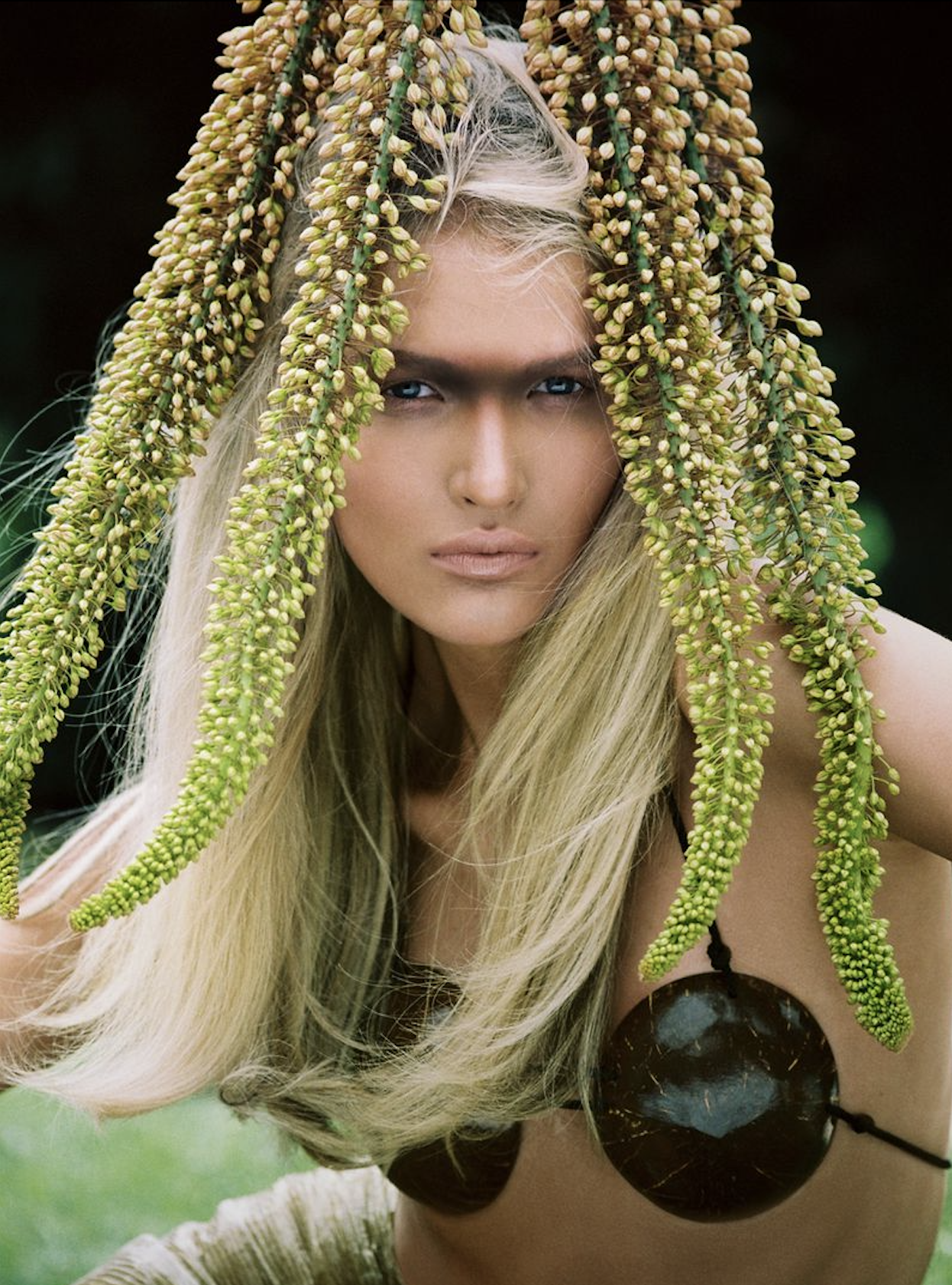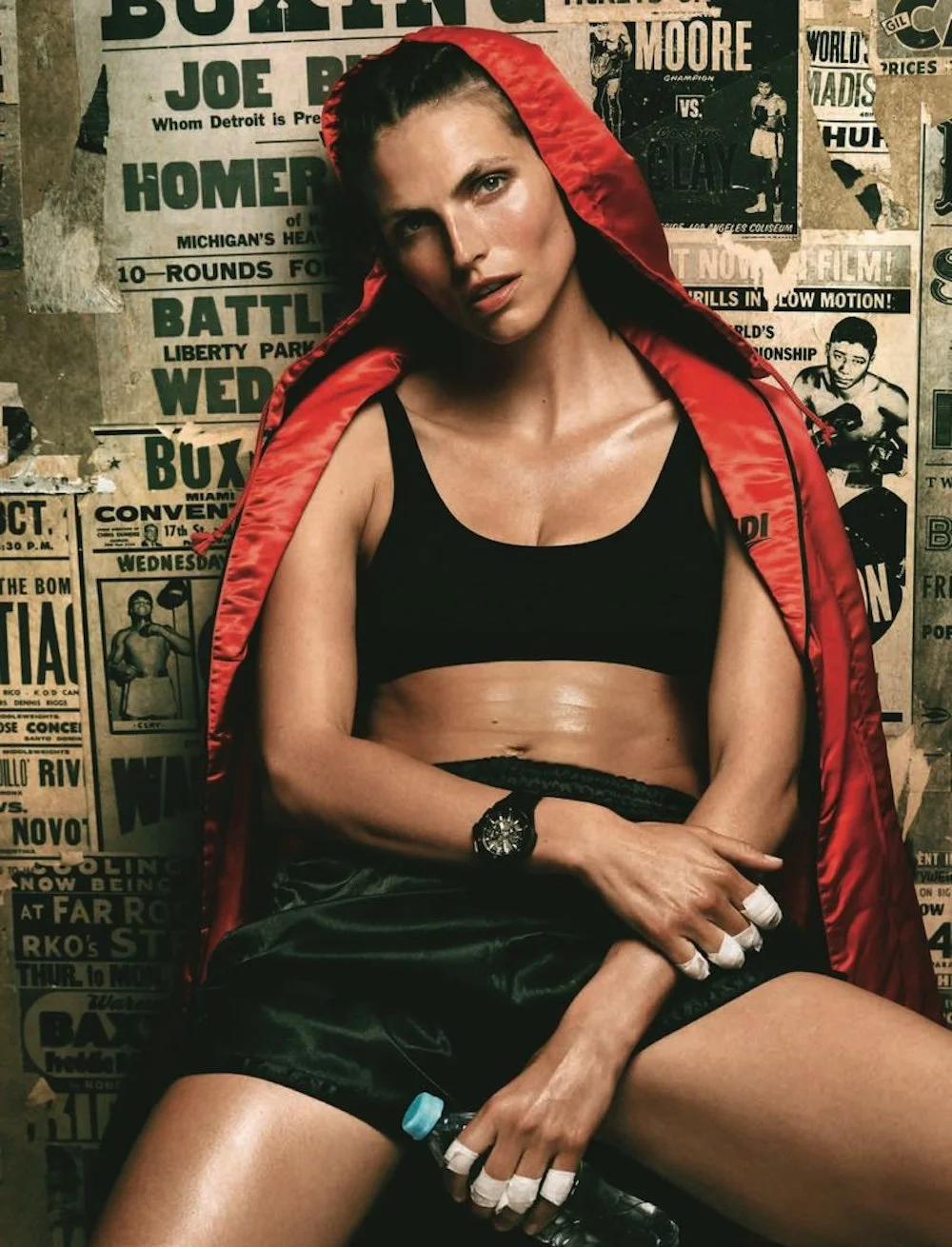Strong-Willed Women | Hourglass Figures
/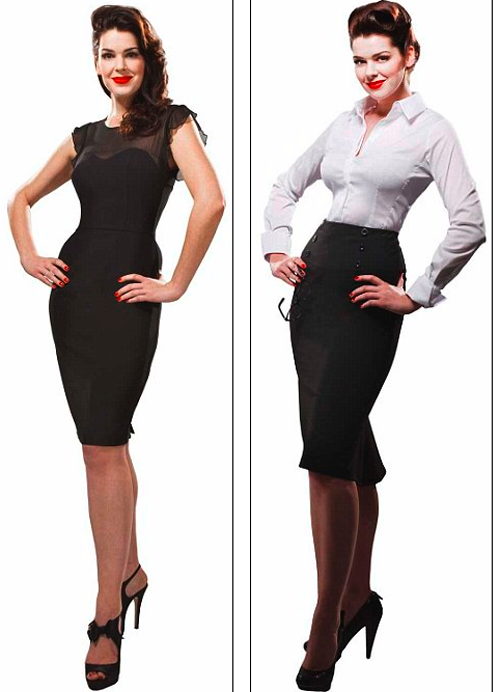 Asda’s shapely new dress and skirt mold a woman’s fogure.
Asda’s shapely new dress and skirt mold a woman’s fogure.
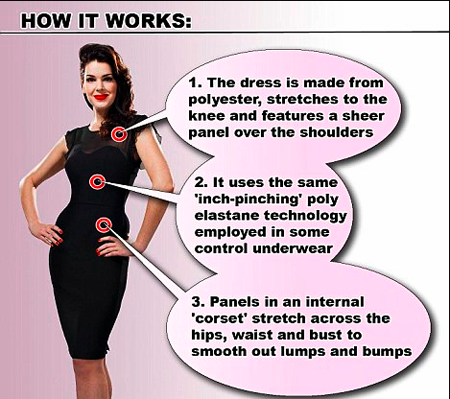
British retailed Asda is promoting a little black dress with perfect control panels, a dress that claims to take up to an inch and a half off the waist. The £28 dress - and a £16 black skirt - use the same ‘inch-pinching’ poly elastane technology employed in some control underwear.
The Daily Mail writes that the dress and skirt bring supplementary benefits, allowing a woman to wear something a little more alluring underneath.
Hourglass figures are in the news this week, with doctors weighing in on the health benefits of padded hips and derrieres.
Coincidentally, I’ve been watching old movies from the 30s-50s, when hourglass shapes ruled the silver screen. Were women given so much advice about the ‘perfect figure’ in the WWII years? In a decade when we lament so few strong movie roles for women, I see one strong character after another in old movies, and they weren’t wearing spandex.
Make no mistake, these actresses were thin but shapely. With all the bouhaha about Lara Stones ‘curves’ and her not wanting to be the the ‘fat girl’, Stone looks like a gloriously competent woman from the 40s.
These screenstar babes had breasts and wider hips for birthing children. And they had shoulders and a strong, natural balanced body type. Yes, nature gives us a wide variety of body shapes in women, but busts and hips are evolutionary and for good reasons.
Without a lot of help from the beauty and fashion industries, eating a Mediterranean diet (the undisputed healthy diet today), and living ‘in motion’ and not a purely sedentary existence, women tend to have an hourglass figure.
At the peak of the Ralph Lauren photoshop fury, I wrote that multiple conversations coexist around women’s bodies. Some are as trivial as ever, and others go to the heart of female identity.
In most cases, men are envisioning women as they wish them to be — whether Lauren Bacall or Marilyn Monroe — or now Iris Strubegger, photographed by Giampaolo Sgura for Spring 2010 Francesco Scognamiglio. (More photos at Fashion Gone Rogue.)
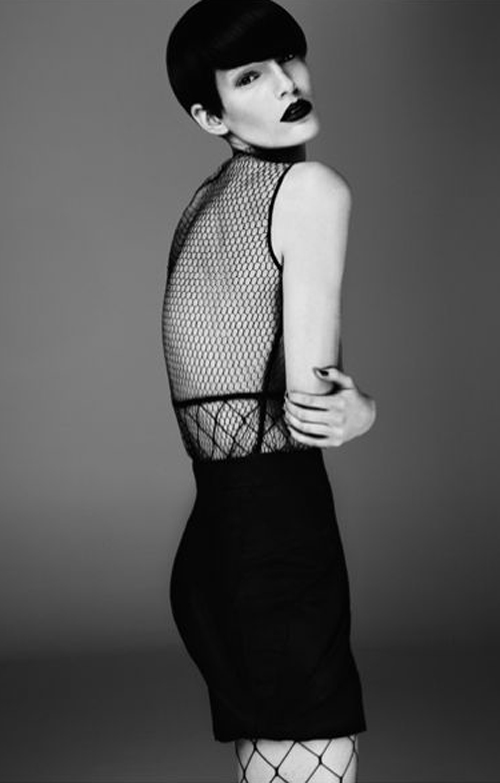
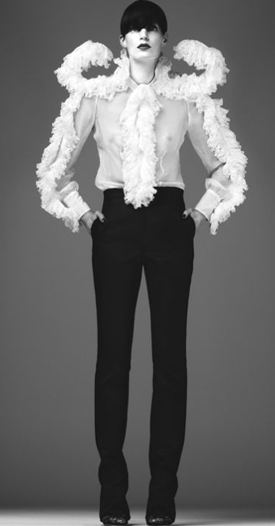
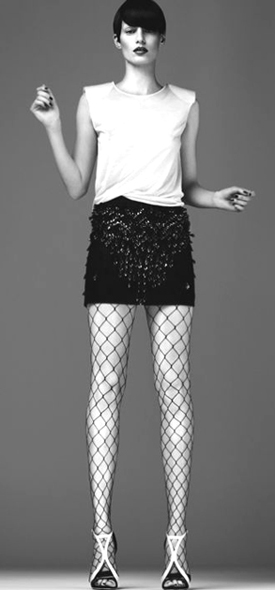
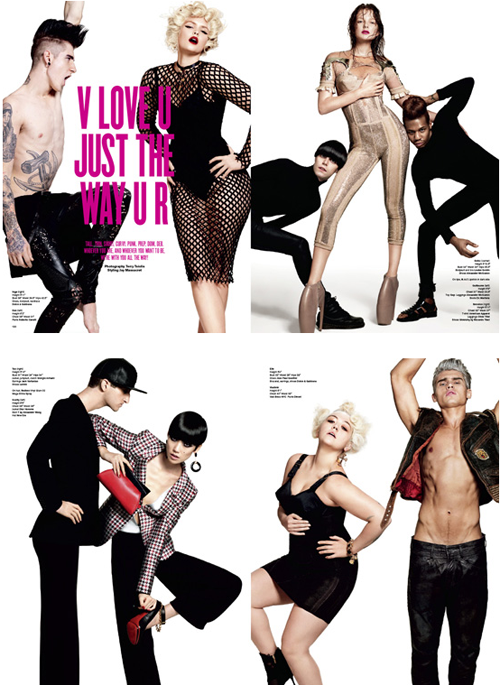 Jan 2010 V Magazine celebrates women in every size.
Jan 2010 V Magazine celebrates women in every size.
V Magazine may be celebrating a wide variety of shapes this month, but the nearly transgender, boy figure, size 0 model still rules the runways — even though Strubegger’s body is neither attainable or healthy for women. Her face may be ‘fierce’ — young women’s favorite word — but her body is fragile, especially as she ages.
The trend to emasculate women is real and should be taken seriously, even by women who embrace the goal of eradicating their female identity with diet and exercises such as pilates. The ballerina figure may be poetic and the ultimate in femininity, but doctors say it’s bad for a woman’s health.
Western bone structures are taller and broader; Eastern ones tend to be more petitie. I admit to not having a strong vocab and frame of reference on Asian women or screen stars.
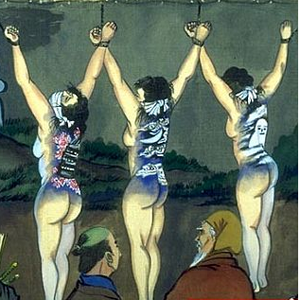 As the luxury market moves East, the topic becomes more complex. Designers appeal to a wider variation of body types, and small is the style. My concern with Asian body types as the beauty standard lies in women’s generally more oppressed status in those cultures. In Japanese porn, women are regularly imagined as young girls and everyone is tied up.
As the luxury market moves East, the topic becomes more complex. Designers appeal to a wider variation of body types, and small is the style. My concern with Asian body types as the beauty standard lies in women’s generally more oppressed status in those cultures. In Japanese porn, women are regularly imagined as young girls and everyone is tied up.
China is more complex, because while girls are aborted at every opportunity in China’s one child policy, in post-Mao China, women have much more respect in the workplace and potentially a better self-image than many Western women.
Bottom line, fashion designers have varied public to serve, in terms of body types. And I do believe that globally men and women are ‘ready to rumble’. Even in America, there’s a hardening of relations between the sexes that’s concernful.
With sensitivity to ‘real women’ at an all-time high, I see a return to the hourglass figure as a standard of perfection. The Ralph Lauren photoshop debacle reminds women of the great manipulations of our bodies and minds that lie outside our control.
Billions of dollars of business capital are invested in making us feel inadequate about outselves, so that we’re inspired to fix our flaws and smooth out our imperfections. Digital life adds an entirely new layer of microscopic scrutiny of women’s every ‘flaw’ in a digital society that thrives on scarcastic critiques of celebrity flesh.
Still, we must reality check.
While defending women’s right to be ourselves — curves and all, in spite of the fashion industry’s preferences for women who look like boys — I’m equally concerned about women’s health and self-image, when nobody’s looking.
Scientists and doctors remind us that obesity is now an equal killer to cigarettes among American women.
In my playbook, women’s identity and personal sense of worth preceeds weight and body shape, as a barometer of her wellbeing. My initial gulp of films like Hitchcock’s “Notorious” was focused on the the physical bodies of the women.
After watching five old films in a week, the subject of female identity is front and center in my mind.
Women were far brainier in earlier movies. They were competent and sexy, and — yes — they were lovers of men, even when independent. Deeper and far more sensually complex.
Great, so women’s liberation earned us the right to be slut girls — if we want. Watching these films and not being a pollyanna about the lack of employment opportunities and economic freedom for millions of women during those years, I’m suddenly intrigued by the idea that the women were more substantative in these films.
They were lawyers and spies, confident adventurers — Smart Sensuality women.
I know Bacall and Rosselini and Hepburn were only making movies. Like today’s fashion editorial, these actresses are only images of possibility and not the reflection of millions of real lives.
Yet, the women in these films seem better balanced, with their hourglass figures. Slender but shapely and sensual, they won’t blow away in a strong wind.
I like that brand positioning for women. Anne
More reading:
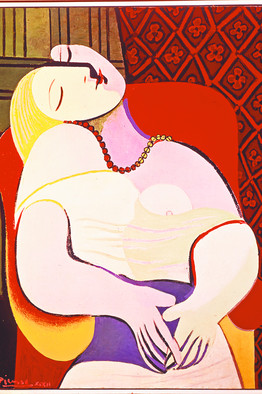 Women As Muses: What Is Our Place in the Modern World? Or Are We Just ‘Slut Girls’ Today?
Women As Muses: What Is Our Place in the Modern World? Or Are We Just ‘Slut Girls’ Today?




